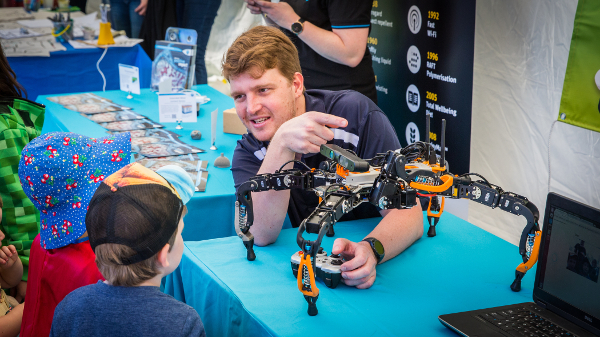
Our researchers were out and about showcasing their work for National Science Week
From Hobart to North Queensland, we were all over the country celebrating National Science Week last week.
Tens of thousands of people came along to our events to revel with robots, hang-out with holograms, dabble with drones and even socialise with some real-live human scientists.
Ecologists, oceanographers, software engineers, physicists, astronomers, food scientists, robotics experts and chemists from CSIRO were all hanging out with you good folks to showcase the extraordinary science we do every day.
The lucky peeps who visited us used virtual reality technology, tried tree coring, observed 3D printing, measured plant systems and got up close to robots, bees with backpacks, Argo floats and autonomous underwater vehicles.
We wanted to share some of the highlights with you from this big week on our annual calendar, in particular about our microscopic friends.
Oh bee-hive
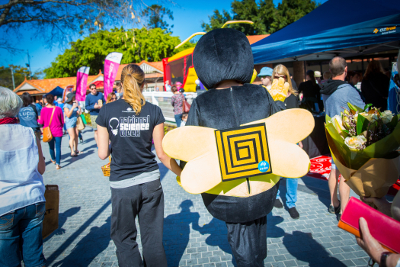
Our friends from Bee Aware Brisbane joined us at Living Science at the Eagle Farm Market during National Science Week with their native bee hive. Bees are the world’s most prolific pollinators of food crops – with one third of the food that we consume each day relying on pollination, these little creatures contribute billions every year to the global economy. The team from Bee Aware Brisbane chatted to people about how important bees are with a particular focus on Australian native species. Our roving bee-with-a-backpack entertained market-goers, giving away native seed sticks and chatting about CSIRO’s current research on honey bee health. If you don’t know about our backpack-wearing bees then check it out.
Dung-sicle
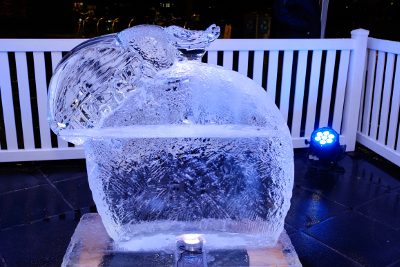
Poo might not be the most common inspiration for art but at Market of the Mind in Melbourne the two came together with very cool results. An incredible dung beetle ice sculpture was carved live on the shore of the Yarra River. Dung beetles were originally introduced to Australia by us many years ago. The poo-loving insects help control the population of flies that come with increased large animal agriculture. You can find out more about these natural waste disposal experts on CSIROpedia.
Bugs in the system
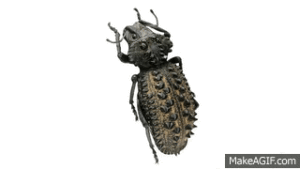
Speaking of our six-legged friends, a bug in the computer is usually a bad thing but our Data61 researchers showed us how wrong we were. National Science Week participants were wowed by 3D insects scanned from the world’s largest collection (which we happen to look after). The collection contains over 12 million specimens, forming an important physical database. To bring this database to the digital world, our researchers developed a technique to produce 3D digital models of the insects, making it easier for people to access them. And with insects being so small, the models help us to understand all of the details up-close in high resolution.
A real fizzer
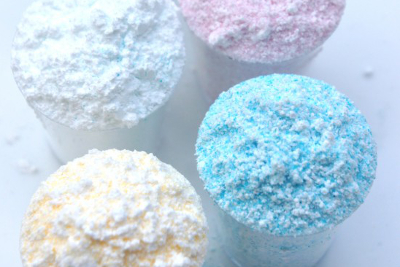
If you missed out on attending our events last week, why not try one of our hands-on experiments at home? Exploring the chemistry of making sherbet is a real favourite of ours.
Save
Save
Save

